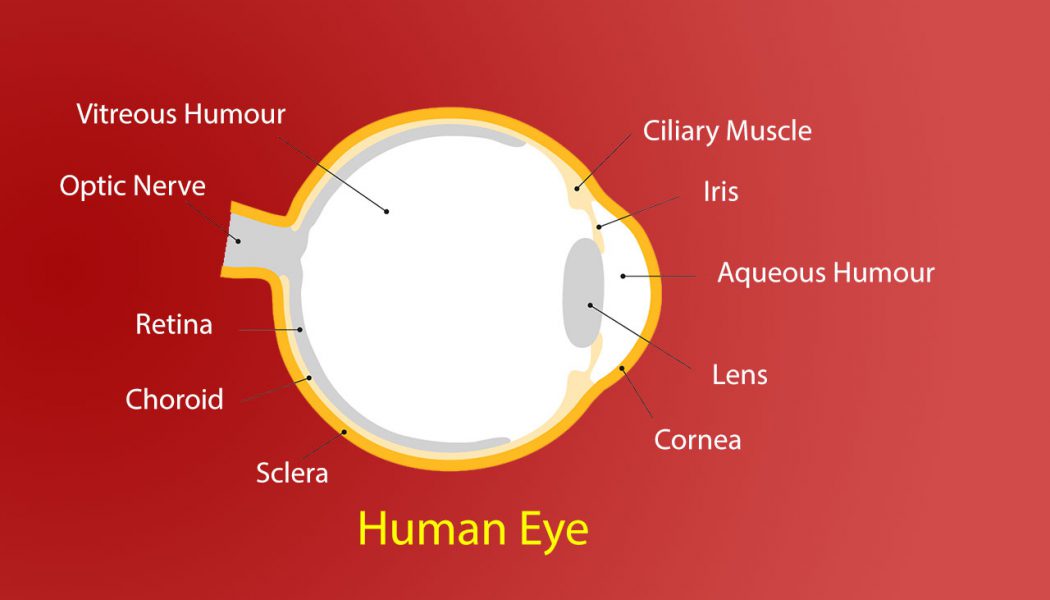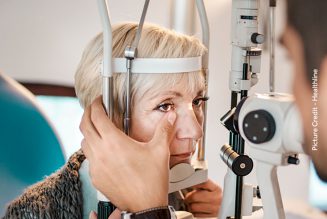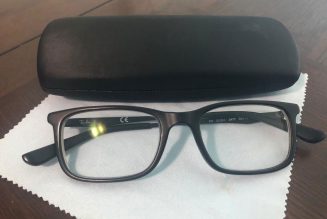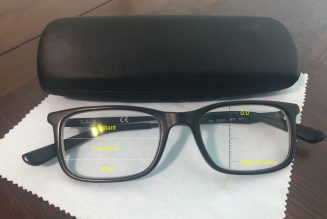What is a Corrective Lens?. Human eyes have the ability to see objects both near and distant. Due to certain conditions or diseases, the eyes may develop problems in seeing near or distant (and/or both) objects. We have to correct the vision using external means and that is where we use the corrective lenses.
Human Eyes
We all know that our eyes also have a Lens which is a clear disc-like structure. This lens helps us in focusing light on the Retina. The Ciliary Muscle in the eye changes the shape of the lens and adjusts focusing objects at different distances. The focusing of the lens is an automatic process, which is not controlled by the brain.
The images that we see are actually made up of the light reflected from the objects that our eyes focus on to. The amount of light entering our eyes through Cornea is controlled by the Pupil surrounded by the Iris. Due to the curvature of the front part of the eye, the light gets bent and thus a inverted image is created on the Retina. It is the Brain which interprets and converts this inverted image.
Retina, Rods and Cones
Retina converts light into signals that the brain can understand. The light sensitive part of the Retina is packed with Photosensitive Cells called Rods and Cones. Cones help us in Daylight Vision while Rods help us in Night Vision.
There are three kinds of Cones, each responding to different wavelengths of light – Red, Green and Blue – the Primary Colours. Rods are sensitive to light but not to colour. Cones do not function in darkness.
When the image of the object is clearly focused in the Retina, the Photosensitive Cells convert the Light Energy to Electrical Signals. The Optic Nerves transmit these signals to the Brain and we see the object.
Common Eye Problems
Refractive Errors: One of the common eye problems is due to irregular shape of the eye. This results difficulties in focusing images clearly and vision thus becomes blurred.
- Short Sight or Myopia – Where Eye Ball is elongated or a thick Lens causing images to focus in front of the Retina
- Long Sight or Hypermetropia – Where Eye Ball is too short or a thin Lens causing the images to focus behind the Retina
These are the common eye problems and almost 42% of the visual problems. Cataracts, Trachoma, River Blindness and other Neglected Tropical Diseases are some of the eye problems due which vision is impaired. If these conditions are not treated properly, they can cause blindness.
Corrective Lenses are used to treat these common Eye Problems. In other words, we use spectacles with powered lenses to correct these common eye problems. There are different types of Corrective Lenses about which we will discuss in the next article.







